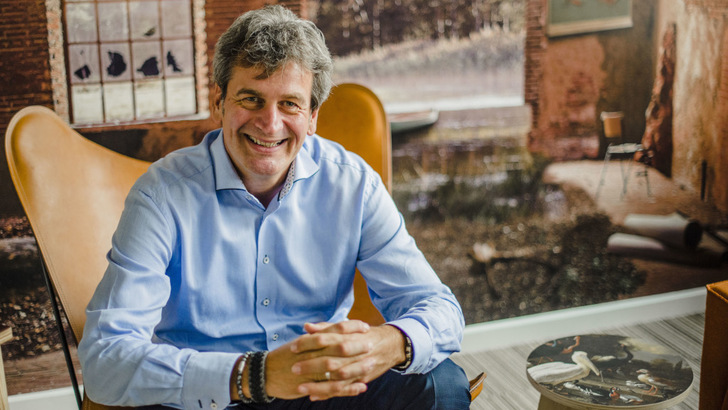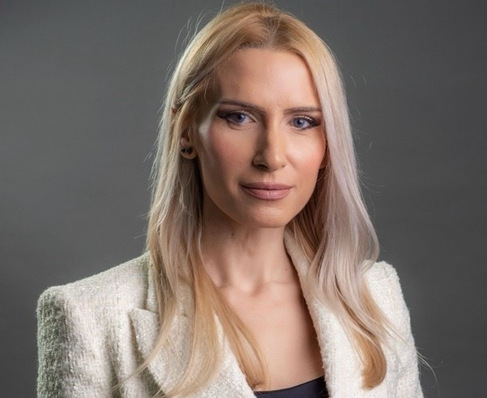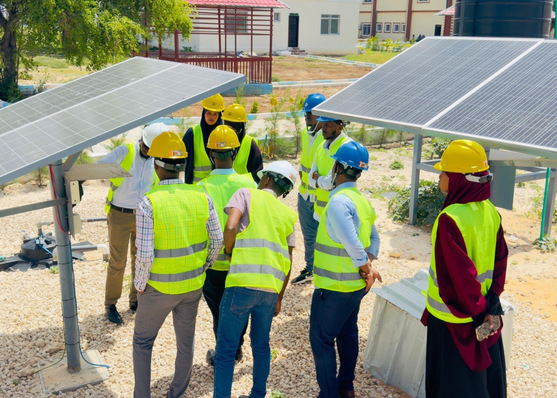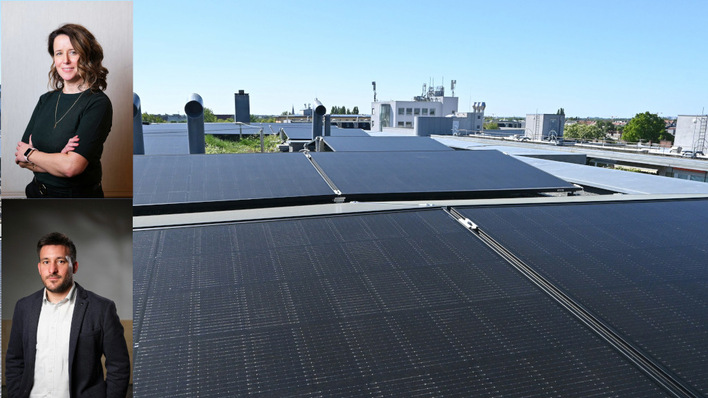“The first half of 2025 was disappointing – plain and simple”, Scheper begins. “We’ve seen liquidity evaporate across the industry. While residential players were already struggling, we’re now seeing the same dynamic hit the project market. It’s a global issue, not just European.”
According to Scheper, a combination of negative power prices, delayed connections, and worsening grid congestion has made banks, investors, and developers far more risk-averse. "Project pipelines have thinned, margins have narrowed, and the business climate has hardened significantly. There's little room for error – and even less room for negotiation."
Price pressure across the value chain
Recent market data is backing the sentiment. Prices of wafers continue to fall, with 18X wafers quoted between 0.90 and 0.92 yuan a unit. For solar cells, it is even stricter: global production is cut back, demand is weak, and prices fall in most types. Only the Topcon210R cell is resisting due to sufficient orders.
PV Index – module prices climb as inverters dip
“We’re seeing forced production cuts throughout the value chain”, Scheper notes. “Producers are walking a fine line between maintaining output and avoiding oversupply. The margins are razor-thin.”
Wafer inventories are starting to build, especially for less popular types like 183mm formats, while price negotiations are becoming increasingly tense. “It’s a buyer’s market right now, and the imbalance is growing.”
Battery giants, new contenders, and regional shifts
On the battery side, the playing field is evolving very quickly. In the January-April 2025 period, worldwide battery installations reached 132.6 GWh – a year-on-year increase of 26.8%. The Chinese majors were the pace setters with CATL, BYD and Gotion accounting for over 56 GWh and taking 42.6% of the worldwide market.
“Chinese players are winning on cost, scale, and speed,“ says Scheper. “They're setting up local partnerships and manufacturing facilities in Europe, and this is putting huge pressure on Korean and Japanese firms.”
Korean companies like LGES and Samsung SDI have lost market share, while Panasonic is restructuring due to new tariffs. Tesla, by way of contrast, has taken off, with a 366% increase in installations.
The innovation wild card: sodium-Ion batteries
Despite market tensions, innovation continues. One area catching attention is the development of anode-free sodium-ion batteries, which eliminate traditional anode materials and offer the promise of higher energy density and lower cost.
“The potential is there”, says Scheper. “You’re talking about cheaper materials, simplified manufacturing, and real sustainability gains.”
But he has a quickening effect on the enthusiasm. “Performance under low-temperature operation at the moment is a serious issue, and safety problems due to dendrite growth can't be ignored. These batteries are promising — but not yet ready.”
Survival through scale, speed, and strategy
When pressed to say what companies should focus on in this environment, Scheper doesn't hesitate: “Don't chase lowball bargains with shaky partners. If it sounds too good to be true, it probably is.”
Call for fresh funding to back EU solar manufacturing
Instead, he urges firms to double down on operational control, fiscal health, and secure supply chains. “This is not the time to stand pat. Firms that act now — that are able to stay nimble and agile on their feet — can still come out on top.”
And the outlook? “It’s going to be a hot summer,” Scheper says with a wry smile. “And I’m not just talking about the weather.” (hcn)









